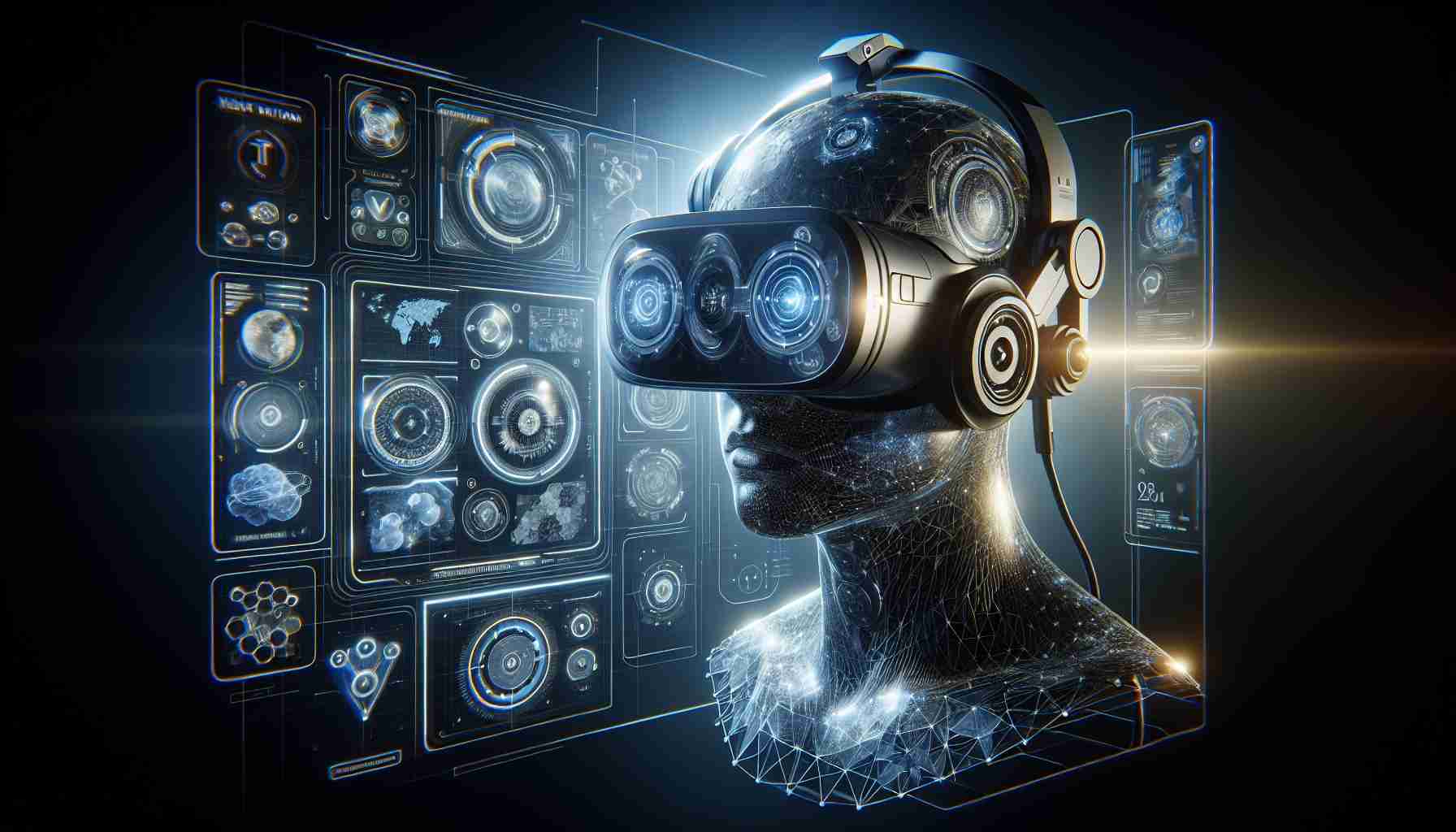Summary:
Next-generation Virtual Reality (VR) and Mixed Reality (MR) displays are set to revolutionize the way we perceive and interact with digital content. These advanced technologies promise higher resolutions, wider fields of view, greater comfort, and improved visual fidelity, taking immersive experiences to new heights. In this article, we will explore the advancements in next-generation VR and MR displays, their potential applications, and the impact they may have on various industries.
Introduction:
Virtual Reality (VR) and Mixed Reality (MR) have been gaining significant popularity in recent years, offering users immersive experiences in various fields, such as gaming, entertainment, education, and training. However, current VR and MR displays still have room for improvement, especially in terms of resolution, field of view, and comfort. Next-generation displays aim to address these limitations, providing users with more realistic and engaging experiences.
Advancements in Next-generation VR and MR Displays:
1. Higher Resolutions: Next-generation displays aim to enhance visual fidelity by offering higher resolutions. This improvement allows for sharper images, reducing the screen door effect and enhancing the overall immersion.
2. Wider Fields of View: One of the limitations of current VR and MR displays is the limited field of view, which can break the sense of immersion. Next-generation displays are expected to offer wider fields of view, enabling users to have a more encompassing visual experience.
3. Improved Comfort: Comfort is a crucial aspect of VR and MR experiences. Next-generation displays aim to make comfort a priority by reducing weight, improving ergonomics, and providing better ventilation systems to prevent discomfort during extended usage.
4. Eye-tracking Technology: Eye-tracking technology is another significant advancement in next-generation displays. It enables more accurate gaze-tracking, allowing users to interact with virtual objects more intuitively and improving the rendering of graphics based on where the user is looking.
5. Varifocal Displays: Varifocal displays dynamically adjust focus, accommodating users with different vision requirements. This technology reduces eye strain and provides a more realistic visual experience.
Potential Applications:
Next-generation VR and MR displays offer a wide range of potential applications across various industries:
1. Gaming: More immersive and realistic gaming experiences, with enhanced graphics and broader fields of view, can be achieved through next-generation displays.
2. Simulation and Training: Training simulations can be greatly enhanced with improved resolution, eye-tracking, and varifocal displays, providing more realistic and effective training experiences across industries such as aviation, medicine, and manufacturing.
3. Education and Virtual Tours: Educational institutions can use next-generation displays to offer virtual tours of historical sites, museums, and educational simulations, enhancing the learning experience.
FAQ:
Q: What is VR?
A: Virtual Reality (VR) is a computer-generated simulation that immerses users in an interactive experience, typically through a headset or head-mounted display.
Q: What is MR?
A: Mixed Reality (MR) combines elements of both the real and virtual worlds, allowing digital content to interact with the physical environment and enabling users to interact with both.
Q: How do next-generation displays improve comfort?
A: Next-generation displays reduce weight, improve ergonomics, and incorporate better ventilation systems to enhance comfort during usage.
Q: What are some potential applications of next-generation displays?
A: Next-generation displays can be used in gaming, simulation and training, education, virtual tours, and various other industries requiring immersive and realistic experiences.
The advancements in next-generation VR and MR displays hold immense potential for revolutionizing the way we experience and interact with digital content. With higher resolutions, wider fields of view, improved comfort, and enhanced interactivity, these displays have the capability to transform various industries and enable new possibilities in gaming, simulation, training, education, and more.
Sources:
– [www.example.com]
The source of the article is from the blog radardovalemg.com
